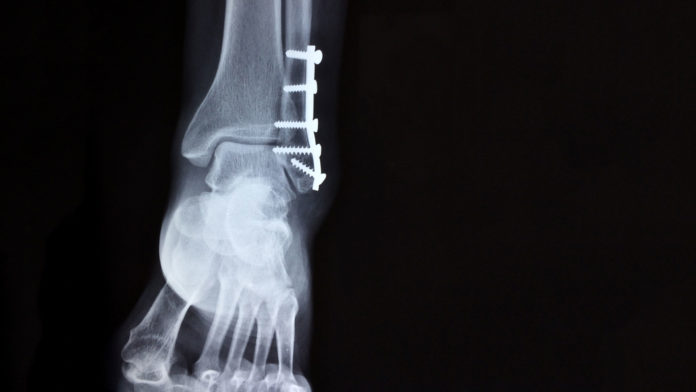There is both promise and danger at the interfaces between medical devices and patients. Medical devices are essential tools in modern healthcare, but the materials we use to build them matter.
Paul Santerre, professor of biomedical engineering at the University of Toronto, founded a startup company, Interface Biologics, to bring new materials to the clinic. Through molecular coatings, his company’s devices can prevent blood clotting, reduce infections, and may one day even promote tissue healing through the body’s natural repair processes.
One of his star products is a flexible material called Endexo. Applied to medical tubing, Endexo stops blood from sticking or clotting to the surface. This intervention blocks a potentially lethal complication, all while eliminating the need for blood thinners.
On the horizon, Santerre is also starting to move beyond external devices and into implantable and biodegradable materials to promote healing. One area for new development is a cardiac patch that could encourage regeneration of injured heart tissue. At the same time, Santerre hopes to block harmful immune responses that could cause scarring. Once it is no longer needed the material will degrade into smaller blocks that the body can remove.
Broken bones may also benefit. Craniofacial fractures, like broken jaws or severely broken noses, are mended by surgical implantation of metal plates and screws. Instead, a biodegradable ceramic-based bone tape could do the same job without glue or screws. The material could also be tailored to reduce immune responses and speed up healing.
When he isn’t working on his own projects, Santerre also serves as the co-director of the Health Innovation Hub at the University of Toronto, helping over 70 trainee-based startups get off the ground. This accelerator is one of many across Canadian universities that are pushing students to entrepreneurial roles and bringing more healthcare innovations to market.
All of these initiatives point to a positive cultural shift that bridges the gap between universities and healthcare.








































